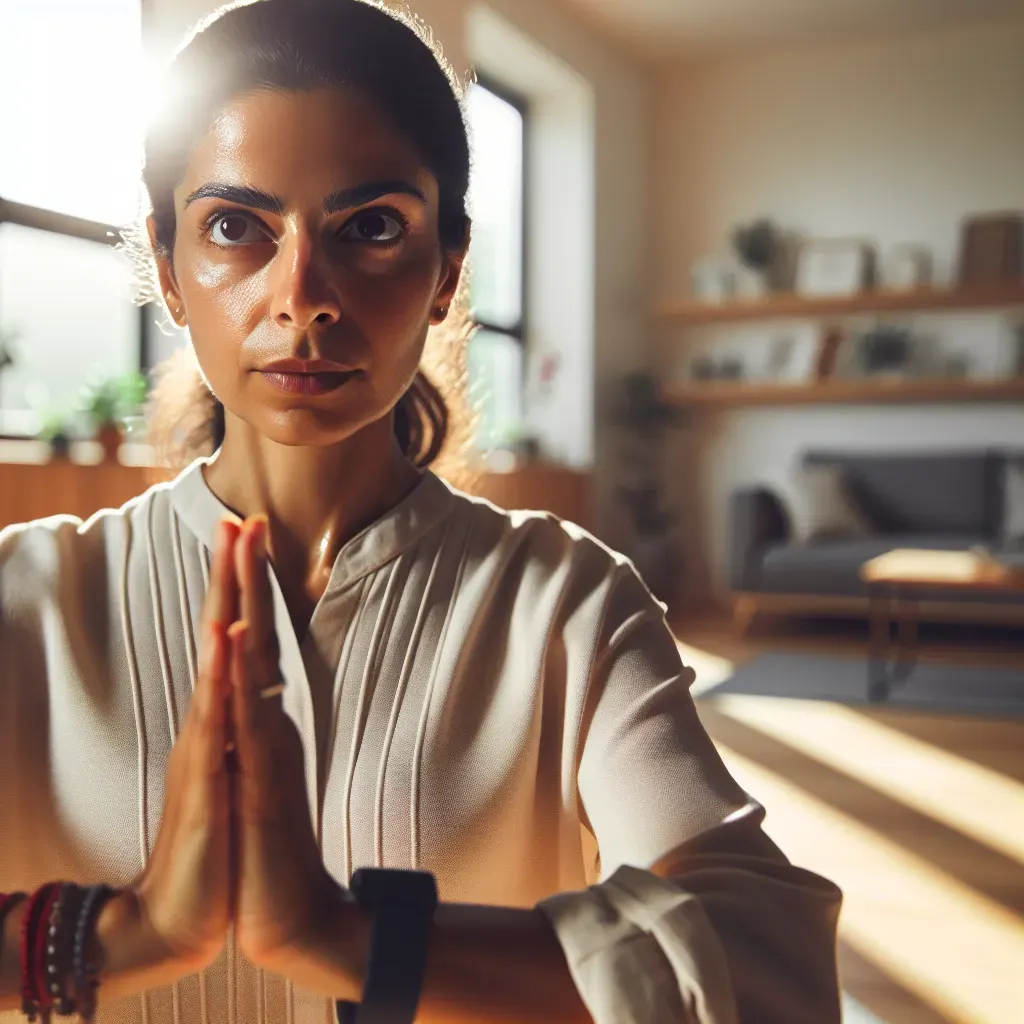What Is The Purpose Of Vinyasa Yoga?
Table of Contents
- Introduction
- Understanding Vinyasa Yoga
- Key Purposes of Vinyasa Yoga
- Benefits of Practicing Vinyasa Yoga
- How to Practice Vinyasa Yoga
- The Spiritual Aspect of Vinyasa Yoga
- Conclusion
Vinyasa yoga is a dynamic and flowing style of yoga that connects breath with movement.
This practice has gained immense popularity in recent years, but what exactly is the purpose of Vinyasa yoga? In this article, we will explore the key objectives, benefits, and principles that define Vinyasa yoga, making it easier for you to understand its significance in wellness.
Understanding Vinyasa Yoga
Before diving into the purpose of Vinyasa yoga, it's essential to understand what it entails. The term "Vinyasa" is derived from the Sanskrit words "vi," meaning "in a special way," and "nyasa," meaning "to place."
Essentially, Vinyasa yoga involves a sequence of poses linked together through breath, creating a fluid movement that feels almost like a dance.
Key Purposes of Vinyasa Yoga
The purpose of Vinyasa yoga can be categorized into several key areas, each contributing to the overall experience and benefits of the practice:
Mind-Body Connection: Vinyasa yoga emphasizes the synchronization of breath and movement, helping practitioners cultivate a deeper awareness of their bodies and minds.
Physical Strength and Flexibility: The continuous flow of poses in Vinyasa yoga builds strength and flexibility, enhancing physical fitness.
Stress Relief: The rhythmic nature of Vinyasa promotes relaxation and reduces stress, making it an effective practice for mental well-being.
Improved Focus and Concentration: By concentrating on breath and movement, practitioners can improve their focus and mindfulness.
Emotional Balance: Vinyasa yoga encourages emotional release and balance, allowing practitioners to connect with their feelings on a deeper level.
Benefits Of Practicing Vinyasa Yoga
When you engage in Vinyasa yoga, you unlock a multitude of benefits that go beyond the physical. Here are some of the most notable advantages:
Enhanced Cardiovascular Health: The continuous flow of movement elevates heart rate and improves cardiovascular endurance.
Increased Muscle Tone: Regular practice helps in toning muscles throughout the body, providing a leaner physique.
Boosted Energy Levels: The combination of breath and movement invigorates the body, leading to increased energy and vitality.
Improved Posture: Vinyasa yoga focuses on alignment, helping to correct postural imbalances and reduce the risk of injury.
Enhanced Respiratory Function: Breath control is central to Vinyasa yoga, improving lung capacity and respiratory efficiency.
How to Practice Vinyasa Yoga

To truly grasp the purpose of Vinyasa yoga, it's crucial to understand how to practice it effectively. Here are some tips to get started:
Find a Qualified Instructor: Joining a class led by a certified instructor can provide guidance and ensure proper alignment.
Focus on Your Breath: Always pay attention to your breath as it guides your movements. Inhale and exhale deeply, syncing your breath with each pose.
Start Slowly: If you're new to Vinyasa yoga, begin with basic poses and gradually progress to more complex sequences.
Listen to Your Body: Respect your body's limits and modify poses as needed to avoid injury.
Practice Regularly: Consistency is key. Aim for at least two to three Vinyasa yoga sessions per week to experience its full benefits.
The Spiritual Aspect of Vinyasa Yoga
While many people practice Vinyasa yoga for its physical benefits, it also has a profound spiritual component.
The flow of movements and breath can lead to a meditative state, fostering a sense of inner peace and mindfulness. Practitioners often find that this spiritual connection enhances their overall well-being.
Understand how Vinyasa Flow Class Sequence: A Comprehensive Guide supports your yoga goals.
Conclusion
In summary, the purpose of Vinyasa yoga is multi-faceted. It serves not only as a physical exercise that builds strength, flexibility, and endurance but also as a tool for mental and emotional well-being.
By fostering a deep connection between breath and movement, Vinyasa yoga helps practitioners achieve a balanced state of mind, body, and spirit.
Whether you're seeking stress relief, improved fitness, or a deeper sense of self-awareness, Vinyasa yoga offers a path toward achieving these goals.
As you explore this beautiful practice, remember that each journey is unique. Embrace the flow, listen to your body, and allow the transformative power of Vinyasa yoga to enrich your life.
People Also Asked
- What does Vinyasa yoga focus on?
- Vinyasa yoga focuses on synchronizing breath with movement to create a fluid and mindful practice.
- How is Vinyasa yoga different from other yoga styles?
- Vinyasa yoga is dynamic and flowing, unlike static styles such as Hatha yoga.
- Can beginners practice Vinyasa yoga?
- Yes, beginners can start with basic poses and gradually progress as they build strength and flexibility.
- What are the benefits of Vinyasa yoga for mental health?
- Vinyasa yoga reduces stress, promotes mindfulness, and enhances emotional balance.
- Is Vinyasa yoga good for weight loss?
- Yes, its continuous movement boosts cardiovascular health and calorie burning.
- How often should I practice Vinyasa yoga?
- Aim for 2-3 sessions per week to experience noticeable benefits.
- What is the spiritual purpose of Vinyasa yoga?
- The practice fosters a meditative state, enhancing mindfulness and inner peace.
- What are the common poses in Vinyasa yoga?
- Common poses include Downward Dog, Chaturanga, and Warrior sequences.
- Can Vinyasa yoga improve flexibility?
- Yes, the flowing movements stretch and strengthen muscles, improving flexibility over time.
- What should I bring to a Vinyasa yoga class?
- A yoga mat, water bottle, and comfortable attire are essential for practice.





